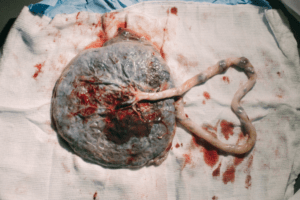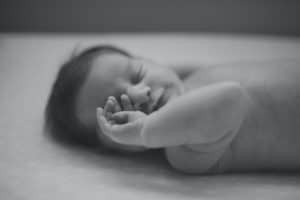
The Māori are the indigenous people of New Zealand, who’s culture and traditions are still a central part of life there today. Māori legends and stories have been passed down for generations, and it is said that the Demi God Māui created New Zealand when he used his magic hook to fish it out of the sea. Legend or not – the captivating ways of the Māori people are fascinating, not least of all their relationship between mother and baby. Across New Zealand, the closeness between a mother and their child is very important and in Māori culture, mothers will carry their baby on their back in slings that are made from natural fibre, well into infancy.
There are many traditions that are practiced by Māori women from conception to giving birth. The placenta, or whenua, is very sacred in the Māori culture and it is custom for it to be buried at a place of cultural significance or on ancestral land, as the Māori people believe that humans came from the Earth mother Papatūānuku, so returning the whenua to the land is a sign of respect and thanks.
Massage is a very important part of Māori culture and is used at all stages of pregnancy. Massages or ‘miri miri’ are given to women who are trying to conceive and focuses on creating a spiritual space in the womb and removes any energy barriers that may be blocking the process. It is also used during labour as a way to ease discomfort, create a calm space and relax the mother to be. Massage is also considered a highly important part of looking after a baby in Māori culture and has always been part of their birthing traditions, so massages are given to babies to help them relax and feel comfortable. During their first few weeks of life, Māori babies are often wrapped in Muka, which is a fibre from the leaves of the flax plant, that is known for its anti- bacterial properties. Once the wrap is removed and the baby has been bathed, they will often be massaged with warm oil ensuring special attention is given to the knees and ankles to promote gracefulness, flexibility and strength in the joints as the baby grows. Special focus is given to those who have had a difficult birth, as massage can help soothe the baby’s joints, release tension and help them feel more comfortable. After giving birth, Muka is also used as an umbilical cord tie that is much softer on their baby’s skin, and supports the Māori belief of using what the earth has provided when possible.
To keep the teachings of the culture alive today, there are a growing number of classes available that expectant mothers can attend. They are run by Māori midwives and explain how their ancestors birthed their babies and teach them how they can apply some of these practises, to welcome a happy and healthy baby into the Māori culture.
The benefits of baby massage spans cultures and continents, and has been used for centuries to enhance the health and happiness of both mother and baby, so if you would like more information about how to learn this practise, we would love to hear from you.
And here’s a few more short articles if you’re interested in learning more:






